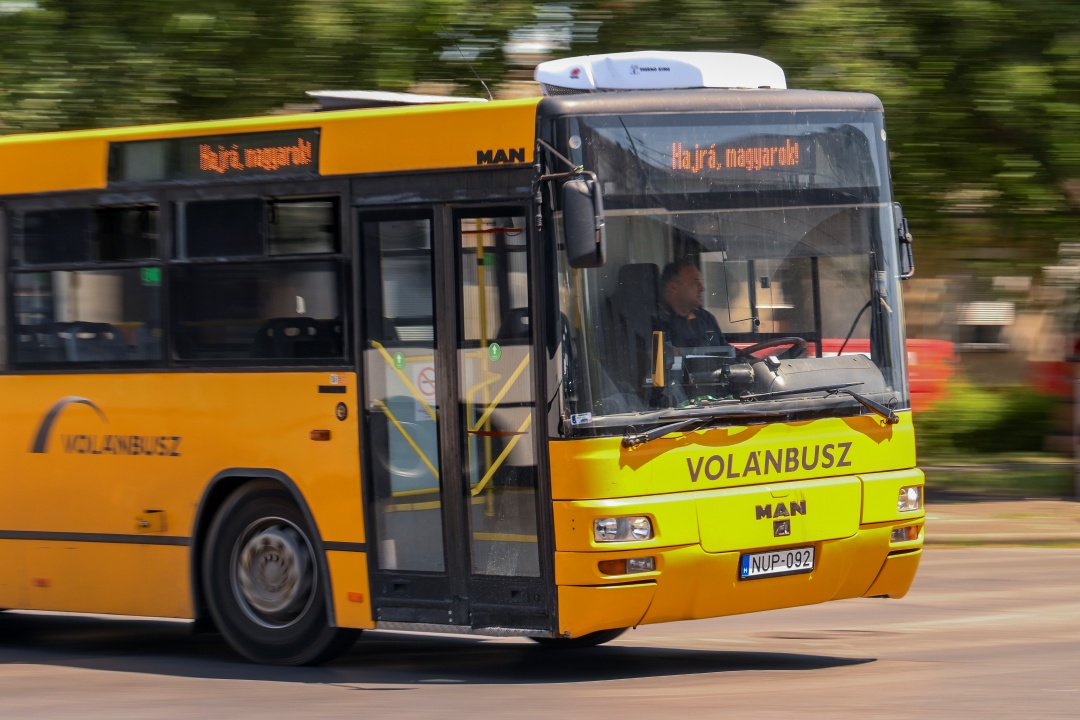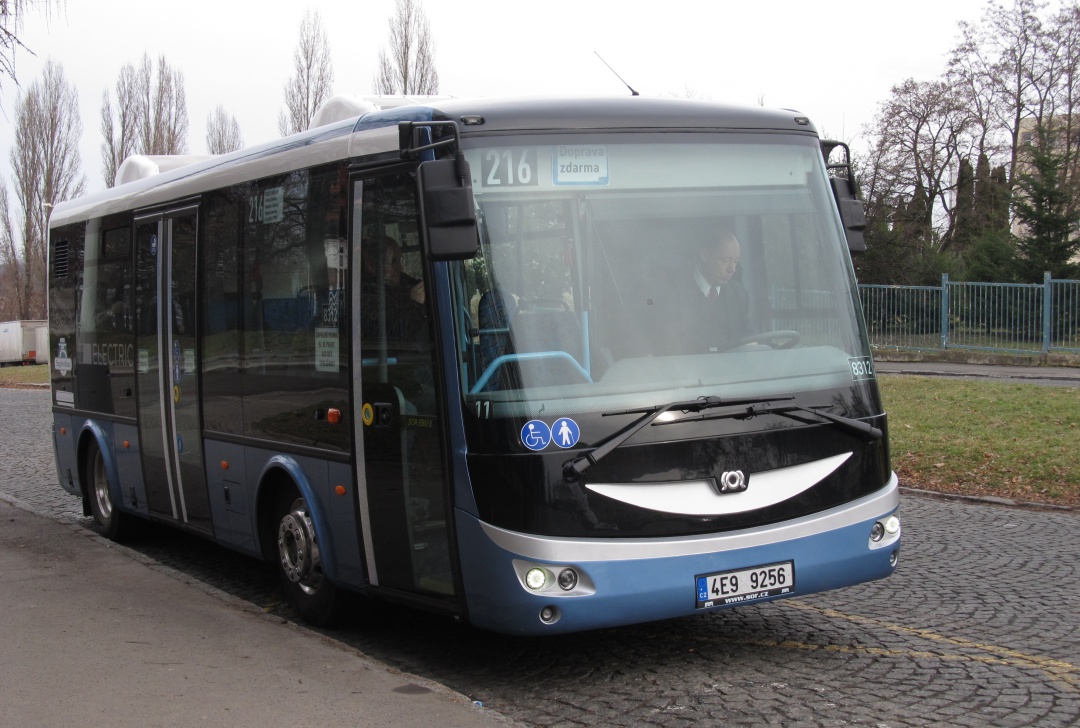
By winning a tender by the National Concession Directorate, MÁV will be Hungary's public bus intercity passenger transport service provider for the next 10 years.Continue reading

The newest Hungarian electric midibus, the GANZ-SOR EBN8, a freshly developed prototype, transported passengers in Baja (southern Hungary) for five weeks and covered 5,800 kilometers. This was the first time the new e-bus operated as a scheduled service, allowing passengers to encounter it all over the city, reported Turizmus.
The GANZ-SOR was essentially on home ground, as Hungarian engineers and former Ganz employees at GTKB Kft. (Ganz Transelektro Transportation Equipment Manufacturer) in Baja developed the vehicle’s core, the electric drive system, and also handled the software development tasks.
The new Hungarian electric midibus performed well. The Hungarian-Czech collaboration resulted in the GANZ-SOR EBN8 operating for five weeks instead of the originally planned three.
During the test period, the vehicle covered 5,800 kilometers and transported approximately 8,000 passengers.
Public transportation in Baja is free, so passengers did not need to purchase tickets. The midibus was tested on all routes and services, allowing both passengers and operators to gather extensive experience. “The test period went smoothly overall, the bus operated every day, and there was no incident requiring it to be taken out of service,” said Pencz Rudolf, the managing director of GTKB Kft., the company that manufactures the vehicle.
The designers placed particular emphasis on testing the domestically developed battery, which met expectations. The range also confirmed the preliminary expectations, even in the harshest frost. The bus was charged at the manufacturer’s site using its own CCS2-standard charging equipment. At the end of the test period, the operator summarized its findings in a report, which included both objective observations and subjective evaluations from bus drivers. They particularly highlighted the vehicle’s engine power, dynamics, stability, maneuverability, and the brightness of its headlights.
The bus drivers especially liked the new vehicle, affectionately naming it “Picur” (Little one). Additionally, passengers provided overwhelmingly positive feedback.
“Based on the experiences gained, we will make minor fine-tuning adjustments to the software settings, and then the next stage can begin: the vehicle’s permanent deployment and the launch of series production,” added the managing director.
The eight-meter-long, low-floor electric midibus with 16 seats was introduced by GTKB in the summer of 2024, when it received type approval. The prototype vehicle was put into service in October. GTKB developed the electric drive system, while the Czech company SOR designed the vehicle body. The 120 kW asynchronous traction motor is powered by an NMC-type 200 kWh battery, which can be charged using both plug-in technology and a pantograph pole charger (OppCharge). The bus can travel approximately 270 kilometers on a single charge.
Via Turizmus; Featured picture: Wikipedia